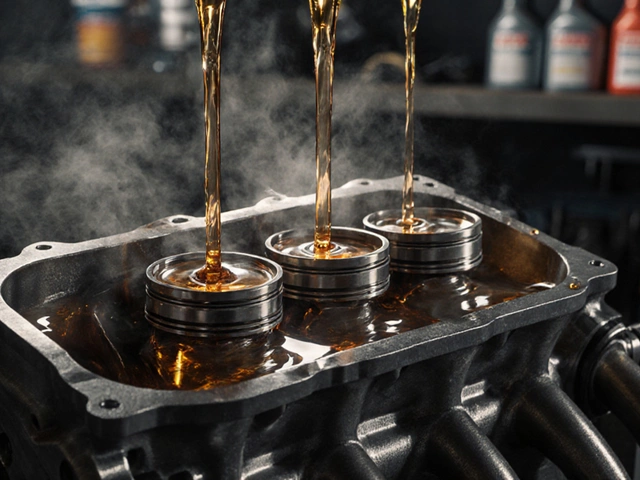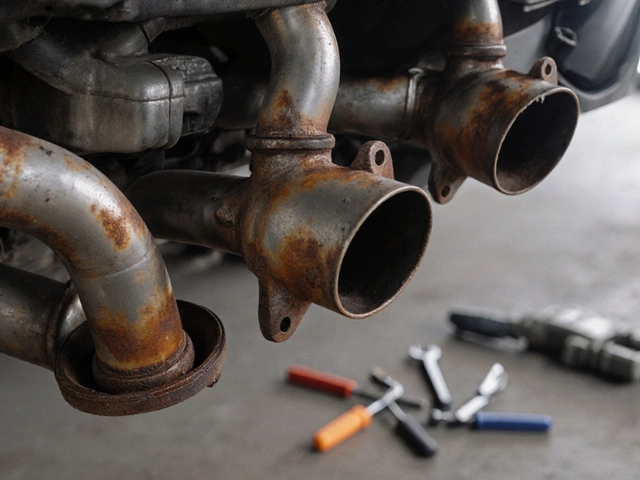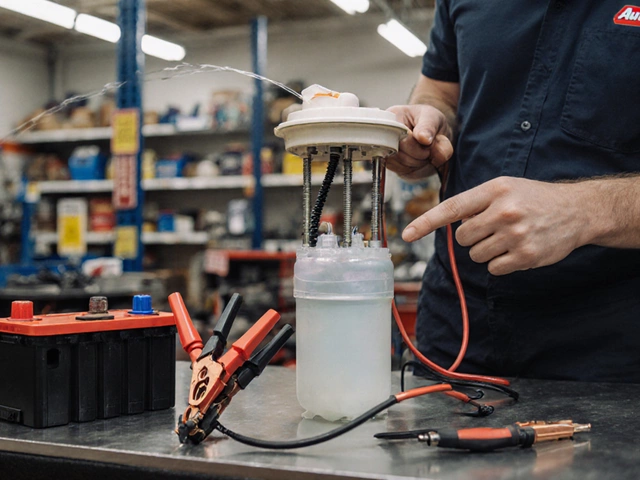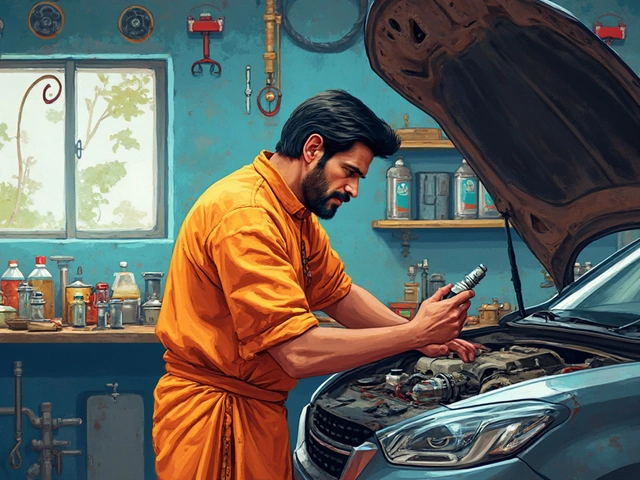Fuel Pump Testing Near Me: Signs, Costs, and What to Expect
When your car turns over but won’t start, the fuel pump, a critical component that delivers gasoline from the tank to the engine. Also known as fuel delivery pump, it’s often the hidden culprit behind sudden no-start issues. Unlike a dead battery or bad spark plug, a failing fuel pump doesn’t always throw a warning light. It just stops working—right when you need it most.
Fuel pump testing isn’t guesswork. It’s a simple process mechanics use to check if the pump is delivering enough pressure and volume. A professional test usually involves connecting a gauge to the fuel line and measuring output while the engine cranks. If pressure drops below the manufacturer’s spec—often around 45 to 65 psi—you’re looking at a failing pump. But you don’t need a shop to spot the early signs: a long crank before starting, sputtering at high speeds, or a loud whining noise from the back seat area are all red flags. And if you’ve already ruled out the battery, starter, and spark plugs, the fuel system, the network of lines, filters, and injectors that move fuel through the engine is the next place to look.
Many people wait too long to test their fuel pump. They think, "It’ll start tomorrow," or "I’ll drive it carefully." But a weak pump doesn’t just make starting hard—it strains the engine, causes misfires, and can overheat the catalytic converter. The longer you drive with a failing pump, the more damage you risk. And replacing it isn’t cheap: parts alone run $200 to $500, and labor adds another $150 to $400, depending on your car. Some models require the tank to be dropped, which bumps up the time and cost. That’s why knowing the signs early matters.
Before you head to a shop, ask if they do fuel pump testing, a diagnostic procedure to measure fuel pressure and flow rate on-site. Not all garages offer it—some just replace the pump as a guess. A good technician will test pressure, check for voltage at the pump, and inspect the fuel filter. If your car is older than 10 years, or you’ve never replaced the fuel filter, that’s often the real issue. A clogged filter can mimic pump failure. Replacing it first might save you hundreds.
And if you’re wondering whether you can test it yourself, yes—but only if you’re comfortable with basic tools. You can buy a fuel pressure test kit for under $50. Just make sure you know how to relieve fuel line pressure first. Safety matters: gasoline is flammable, and spraying it into the air is a bad idea. If you’re unsure, skip the DIY and go to a trusted mechanic. Most auto shops offer free diagnostics, but don’t assume they’ll test the fuel pump unless you ask.
What you’ll find in the posts below are real-world stories from people who’ve been there: cars that wouldn’t start, pumps that died on the highway, and the exact steps they took to fix it. You’ll see how long replacement takes, how much it costs on different models, and which brands actually last. Whether you’re trying to decide if you need a new pump or just want to understand why your car won’t crank, these guides cut through the noise. No fluff. No jargon. Just what works.
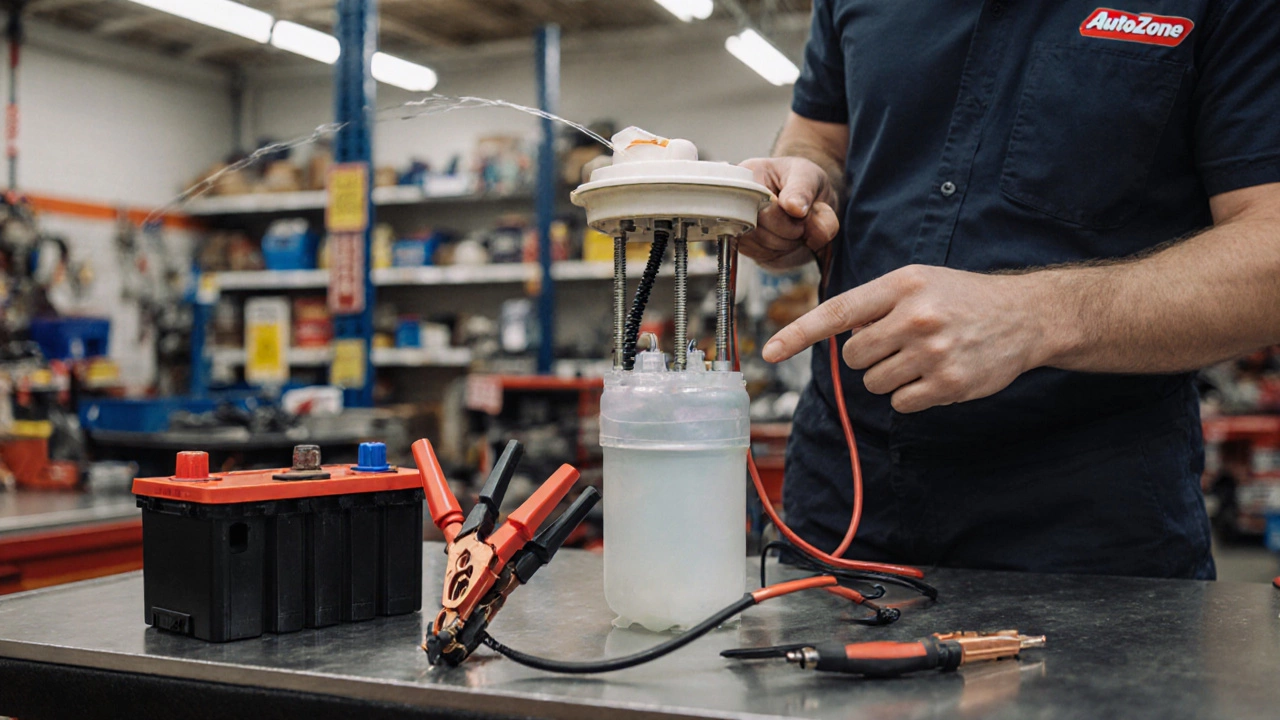
Can AutoZone Test a Fuel Pump? Here's What They Actually Do
AutoZone can test a fuel pump if you bring it in-here’s how they do it, what they can’t do, and how to tell if your pump is really bad. Save time and money with the right steps.
CONTINUE READING
